#Wyoming wildlife
Photo

Young Big Horn ram
12/9/22
455 notes
·
View notes
Video
Head to Head by Doug Dance
Via Flickr:
Yellowstone National Park, WY
#bison#mammal#animal#cow'#calf'#'Yellowstone#National#Park'#Wyoming#Doug Dance Nature Photography#Doug#Dance#Nature#Photography#DDNP#Yellowstone wildlife#Yellowstone National Park#Wyoming wildlife#flickr
117 notes
·
View notes
Text
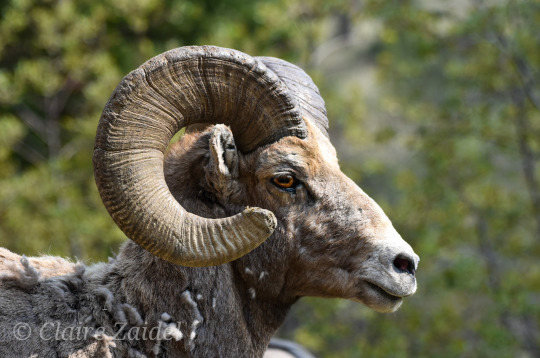
#bighorn sheep#Bighorn#wildlife#wyoming#wyoming wildlife#sheep#wildlife photography#photography#beautiful photos#ram#photographer#wildlife photographer
0 notes
Text
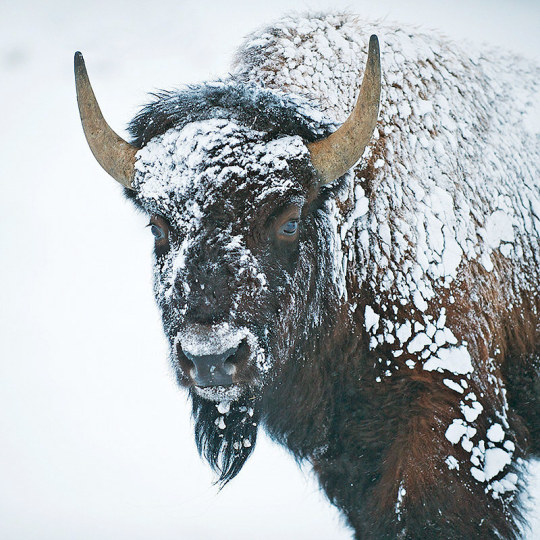
An American bison (Bison bison) covered in snow in Yellowstone National Park, Wyoming
by Sean Crane
#american bison#american buffalo#bovines#bison bison#bison#bovidae#artiodactyla#mammalia#chordata#wildlife: wyoming#wildlife: usa#wildlife: north america
931 notes
·
View notes
Text

The American bison (above, an animal roaming the National Elk Refuge in Wyoming) is not closely related to true buffalo of Asia and Africa.
PHOTOGRAPH BY CHARLIE HAMILTON JAMES, NAT GEO IMAGE COLLECTION
#charlie hamilton james#photographer#national geographic#american bison#bison#animal#mammal#wildlife#national elk refuge#wyoming#buffalo#nature
138 notes
·
View notes
Text

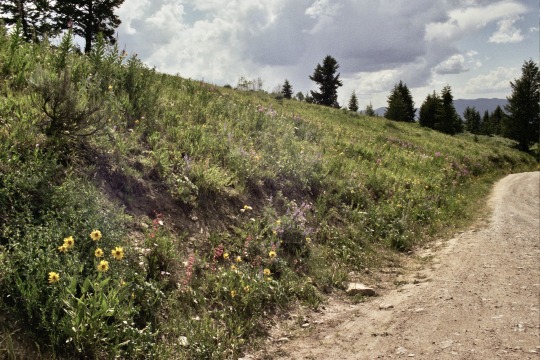
wildflowers
Jackson, Wyoming
#Wyoming#bison#american bison#analogue#35mm#film photography#photographers on tumblr#original photography#mountains#wildflowers#grand teton national park#yellowstone#yellowstone national park#national park#nature photography#naturecore#wildlife photography#cottagecore
190 notes
·
View notes
Text
He so cute. He just munchin
#nom nom nom#bison#animals#nature blog#naturecore#life of adventure#adventure#travel blog#hiking#cottagecore#nature#adventurecore#buffalo#yellowstone#wyoming#national park#road trip#roadtrip#travel#wildlife
103 notes
·
View notes
Text
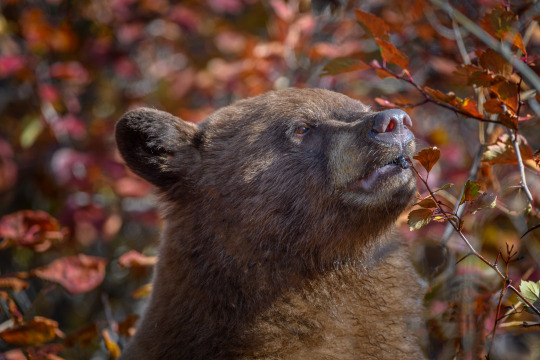
It's FRIDAY, my pal. THE WEEKEND IS HERE. We need it.
Make yours excellent. Be kind. Be cool.
- - - - -
"Cinnamon Black bear eating Hawthorn berries, Grand Teton National Park, Wyoming" by diana_robinson is licensed under CC BY-NC-ND 2.0.
#bear#friday#friday bear#fridaybear#cute#animals#nature#wildlife#outdoors#wild#blackbear#black#fall#autumn#cinnamon#grand teton#grand teton national park#wyoming
440 notes
·
View notes
Text

Pryor Mountain Wild
24 notes
·
View notes
Photo

How rude!!
#yellowstone#yellowstone national park#yellowstonenationalpark#wyoming yellowstone yellowstone national park#wildlife photography#wildlife#wyomingwildlife#moose
89 notes
·
View notes
Photo
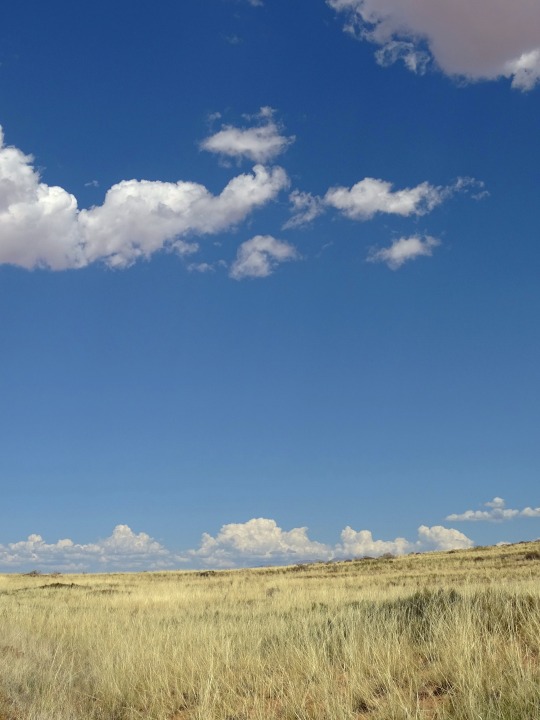
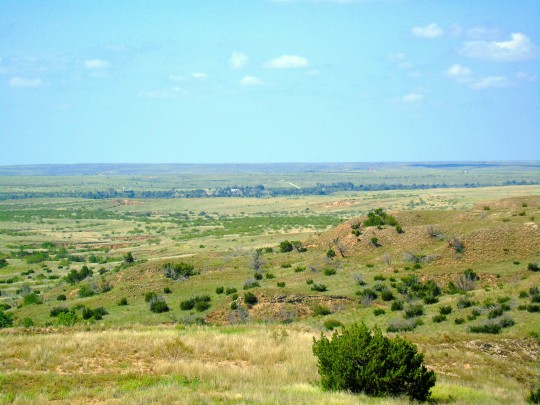
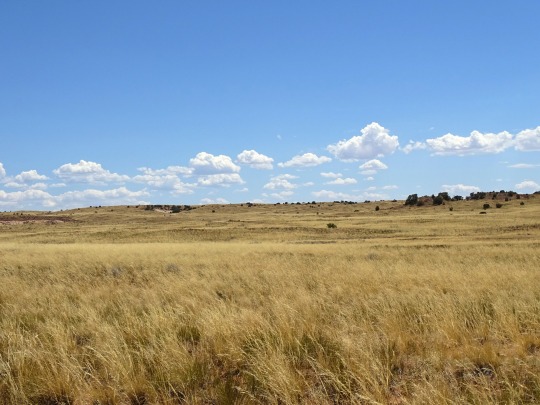

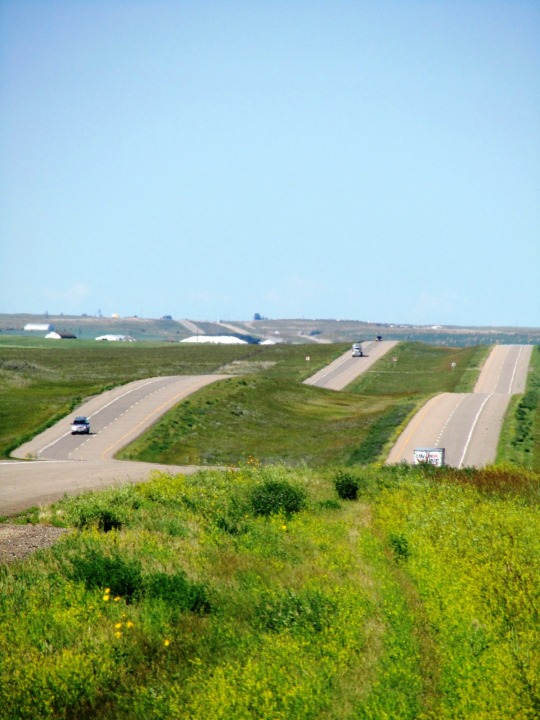
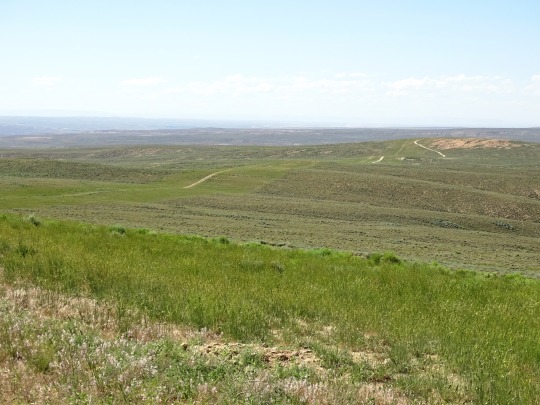
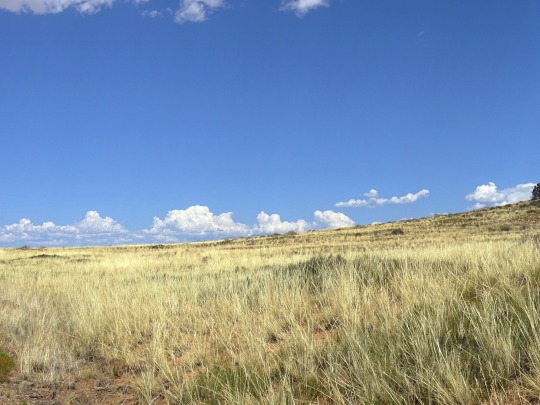

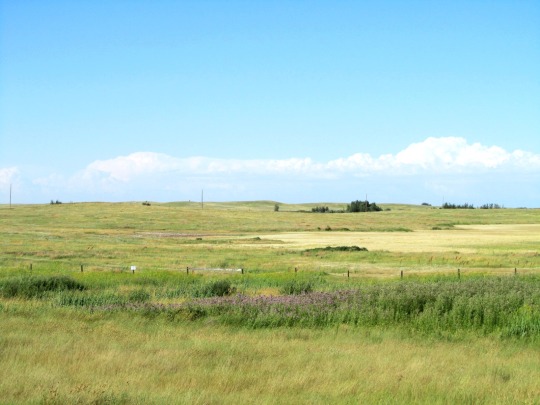
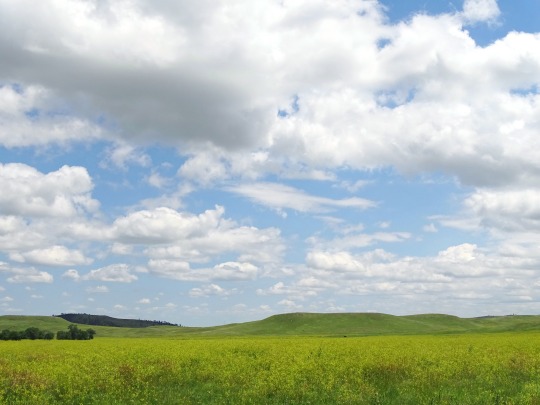
National Prairie Day
National Prairie Day, on June 3 this year, celebrates the beauty and ecological value of this often-overlooked ecosystem. Spanning more than a dozen American states and several Canadian provinces, the North American prairie is a vast grassland that offers more biodiversity and beauty than most people realize. With their endless, gently rolling plains and highly productive soils, prairies have been a valued location for farming and ranching for thousands of years. Today, only 1% of tallgrass prairie in the United States remains untouched by farming or development. National Prairie Day promotes the appreciation and conservation of America’s native prairies.
History of National Prairie Day
The United States is home to a dazzling array of geographies and environments. Some, like the towering redwoods of California or the majestic cascades of Niagara Falls, enjoy worldwide reputations as media darlings and tourist hotspots. Other ecosystems, like the humble prairie that covers much of the interior United States, receive fewer accolades but play crucially important roles in the development of the nation.
Defined as a flat grassland with a temperate climate and derived from the French for ‘meadow,’ ‘prairie’ has become almost synonymous with the expansion of the American frontier. Flanked by the Great Lakes and the grandiose Rocky Mountains, the North American prairie extends across 15% of the continent’s land area. Other examples of similar grasslands around the world include the pampas in Argentina, the Central Asian steppes, and the llanos of Venezuela.
There’s more to the prairie than meets the eye. In fact, tall grass prairies host the most biodiversity in the Midwest and provide a home for dozens of rare species of animals and plants, including bison, antelope, elk, wolves, and bears.
Native prairies face extinction as more and more land is converted to agricultural and ranching use. Due to its rich, fertile soil, prairie land is prized for agricultural use. Around the world, almost three-quarters of agricultural regions are located in grassland areas. With only 1% of tallgrass prairie in the U.S. remaining untouched, the American tallgrass prairie is now one of the most endangered ecosystems on the planet. The Missouri Prairie Foundation launched National Prairie Day in 2016 to raise awareness and appreciation for the nation’s grasslands. The organization seeks to protect and restore native grasslands by promoting responsible stewardship, supporting acquisition initiatives, and providing public education and outreach.
National Prairie Day timeline
6000 B.C. The Prairie Forms
The North American prairie forms roughly 8,000 years ago when receding glaciers give way to fertile sediment.
1800s The American Prairie Decimated
Throughout the 19th century, farmers and ranchers, excited about the rich potential of prairie soil, convert almost all of the American prairie to farmland and grazing land.
Early 1930s The Dust Bowl
The combination of years of mismanagement, the stock market crash, and drought conditions come to a head as thousands of families in Oklahoma, Texas, and other parts of the Midwest lose everything when their farms fail, driving them to California and elsewhere to seek work in more fertile fields.
2016 First National Prairie Day
The Missouri Prairie Foundation launches the National Prairie Day campaign to promote awareness and conservation of the vanishing ecosystem.
National Prairie Day FAQs
Why don't prairies have any trees?
The environment of the prairie, with its flat terrain, regular droughts, and frequent fires, is uniquely suited to grasses that don’t require a lot of rainfall or deep soil to thrive.
Why are prairies important?
The prairie provides an irreplaceable home for hundreds of plant and animal species, as well as exceedingly fertile soil for human agriculture and ranching. Prairie destruction has had catastrophic effects, like the Dust Bowl that decimated American farms in the 1930s. Prairies also contribute to the conservation of groundwater.
Why did the Dust Bowl happen?
The Dust Bowl disaster that swept the U.S. and Canada in the 1930s had several natural and man-made causes, including severe drought and a failure to properly manage farmland and conserve precious topsoil. A series of intense dust storms wiped out agriculture, eroded the soil, and left the land unable to produce crops.
National Prairie Day Activities
Learn about the prairie
Donate to a conservation group
Plan a visit to a famous prairie
Do a little research to learn about this important American ecosystem and the role it has played in the cultural and economic development of our country.
If you're concerned about the loss of the American prairie, donate to a grasslands conservation group to support their work.
Do you live near a prairie? Try finding the grassland nearest you and plan a visit.
5 Interesting Facts About Prairies
‘Prairie schooners’
Dogtown
Where the buffalo roam
Carbon hero
Rising from the ashes
During the 1800s, when Americans embarked on the long journey westward, their covered wagons were often referred to as ‘prairie schooners.’
Prairie dogs live in vast networks of underground burrows called ‘towns,’ which can cover hundreds of acres and house thousands of prairie dogs with complex social relationships.
When Europeans first arrived in North America, up to 60 million bison roamed the plains — by 1885, there were fewer than 600.
Prairies can help fight climate change — one acre of intact prairie can absorb about one ton of carbon each year.
On the prairie, wildfires can actually be a healthy thing — with more than 75% of their biomass underground, prairie plants are uniquely suited to surviving and thriving after a fire.
Why We Love National Prairie Day
The prairie often gets overlooked
Native grasslands are critically endangered
It reminds us of the diversity of America's ecosystems
It's not often we remember to celebrate grasslands, yet the prairie plays an important role in America's cultural past and environmental future.
With only 1% of America's native prairie remaining, it's more urgent than ever to conserve and protect this vital resource.
The United States has more environmental variety than almost any other country on earth. Celebrating each unique ecosystem reminds us to appreciate and protect all the beauty our country has to offer.
Source
#Colorado#South Dakota#Wyoming#Alberta#Saskatchewan#nature#flora#WickBeumee Wildlife Habitat Management Area#Custer State Park#Rock Springs#Pilot Butte Wild Horse Scenic Loop#Trans-Canada Highway#Texas#landscape#countryside#summer 2022#2019#original photography#wildflower#meadow#first Saturday in June#3 June 2023#National Prairie Day#NationalPrairieDay
60 notes
·
View notes
Photo

Inquisitive
1/6/22
273 notes
·
View notes
Video
Head to Head by Doug Dance
Via Flickr:
Yellowstone National Park, WY June 2011 Photographed in 'Little America'.
#bison#mammal#animal#cow'#calf'#'Yellowstone#National#Park'#Wyoming#Doug Dance Nature Photography#Doug#Dance#Nature#Photography#DDNP#Yellowstone wildlife#Yellowstone National Park#Wyoming wildlife#flickr
43 notes
·
View notes
Text
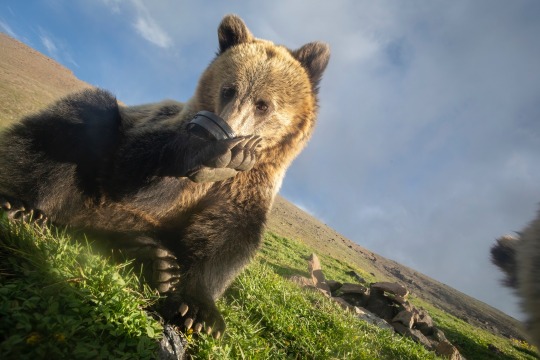
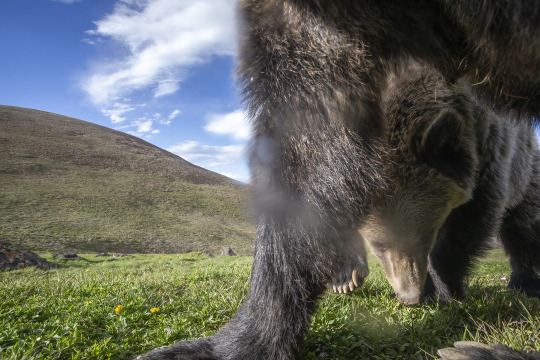
POV: a family of bears eat my camera.
Prints | Stickers
16 notes
·
View notes
Text
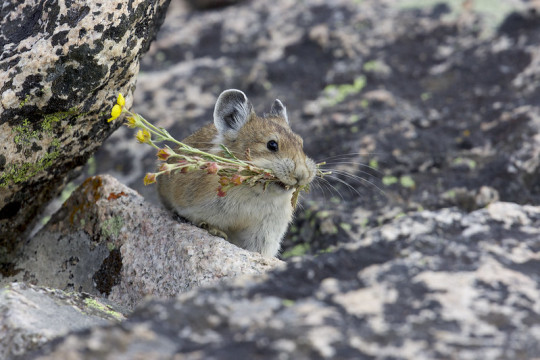
An American pika (Ochotona princeps) collects flowers in Wyoming, USA
by Gregory "Slobirdr" Smith
#american pika#pikas#lagomorphs#ochotona princeps#ochotona#ochotonidae#lagomorpha#mammalia#chordata#wildlife: wyoming#wildlife: usa#wildlife: north america
246 notes
·
View notes
Text
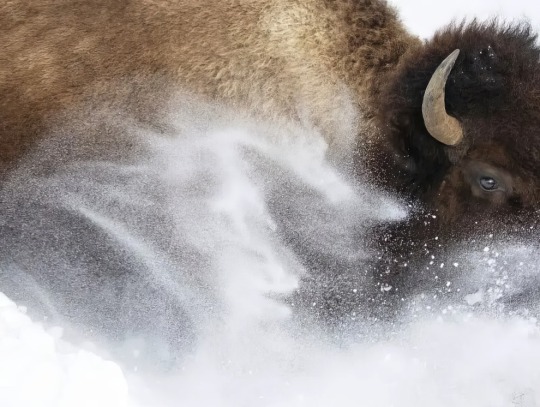
“Snow bison”
Location: Yellowstone National Park, Wyoming, USA
“Max Waugh catches sight of a plains bison kicking up flurries of snow over its bulky frame.
From his vehicle, Max saw the bison start to head downhill towards the road, gathering momentum, and he drew up to give them space to cross. Max framed the bison tightly to create this original composition. Once abundant and wide-ranging across most of North America, bison were hunted to near extinction by the late 1800s. Numbers are slowly increasing, but they are confined to discrete populations, dependent on conservation management and constrained by land-use changes and land ownership.”
by Max Waugh, USA.
Wildlife Photographer Of The Year 2023
#max waugh#photographer#wildlife photographer of the year#bison#animal#mammal#wildlife#snow#yellowstone national park#wyoming#united states#nature
33 notes
·
View notes